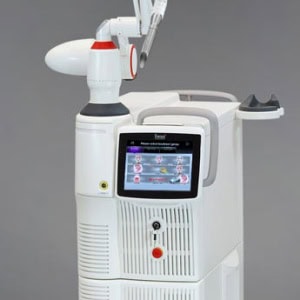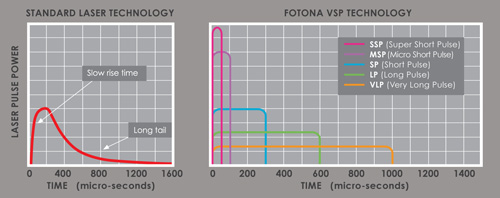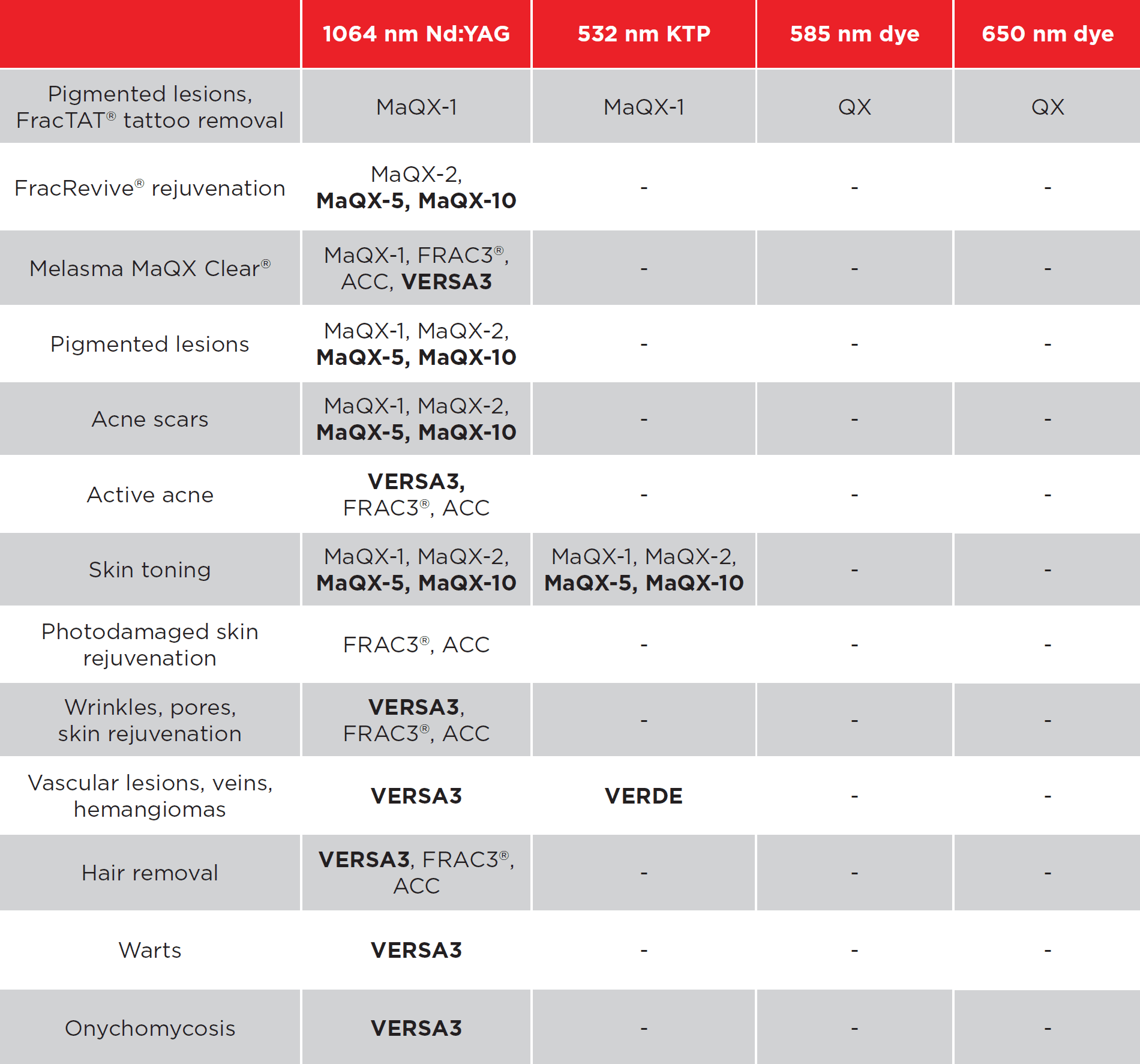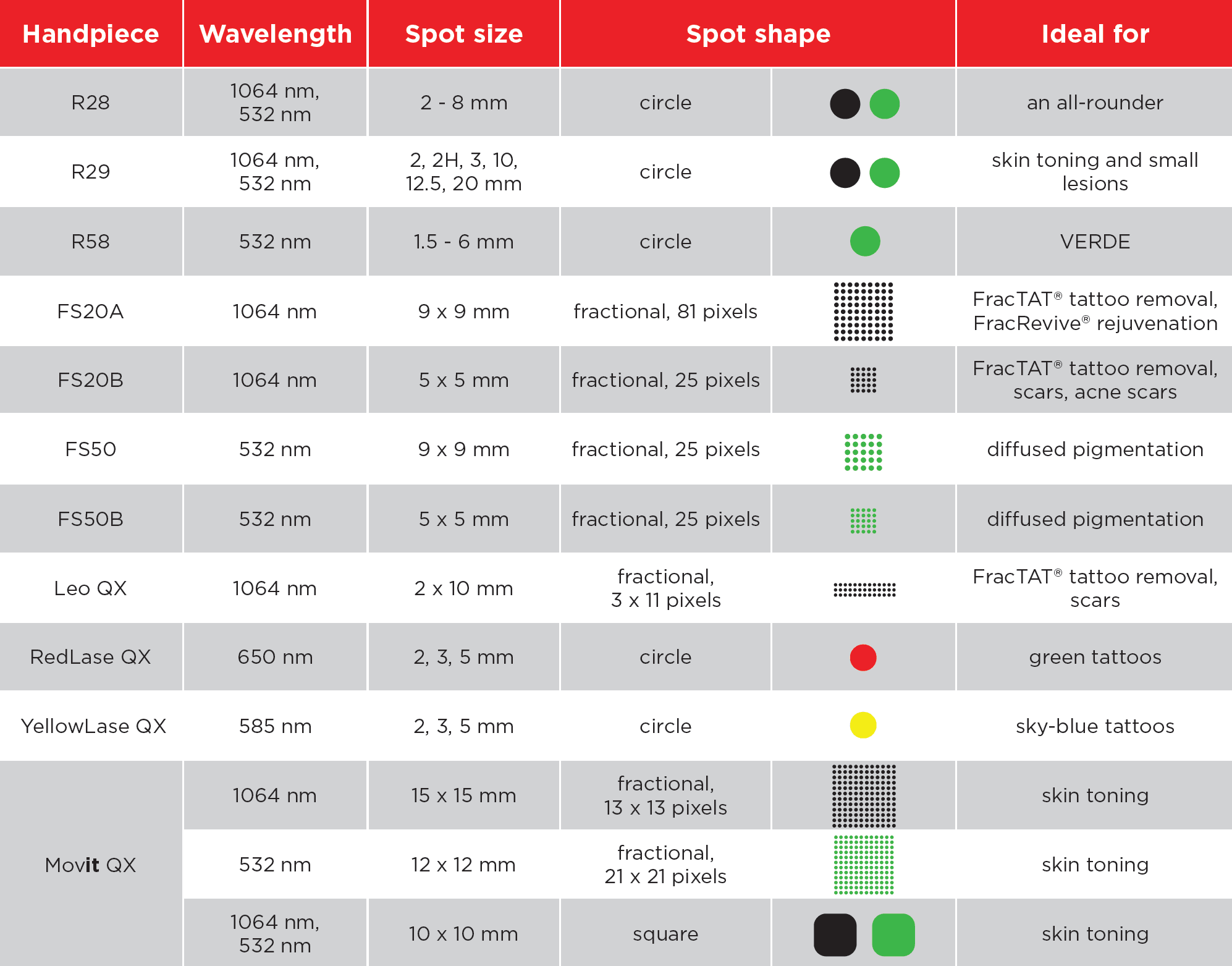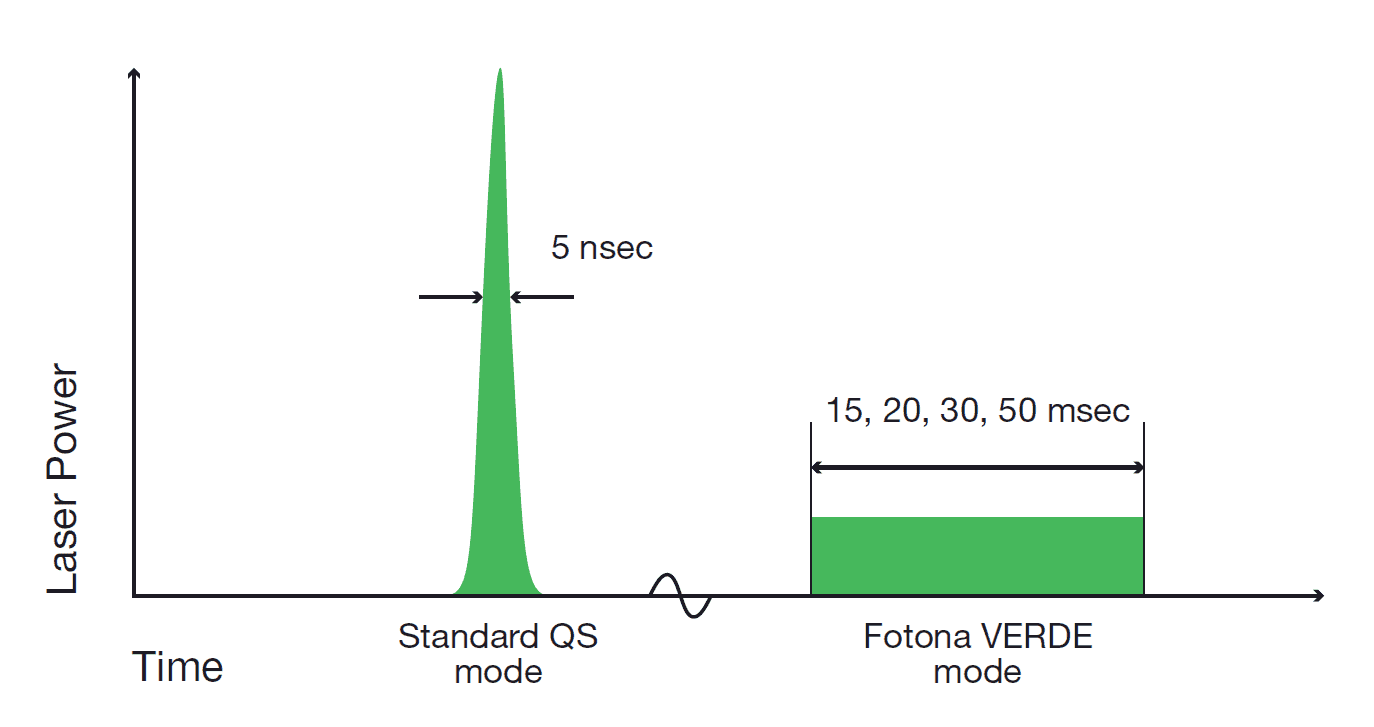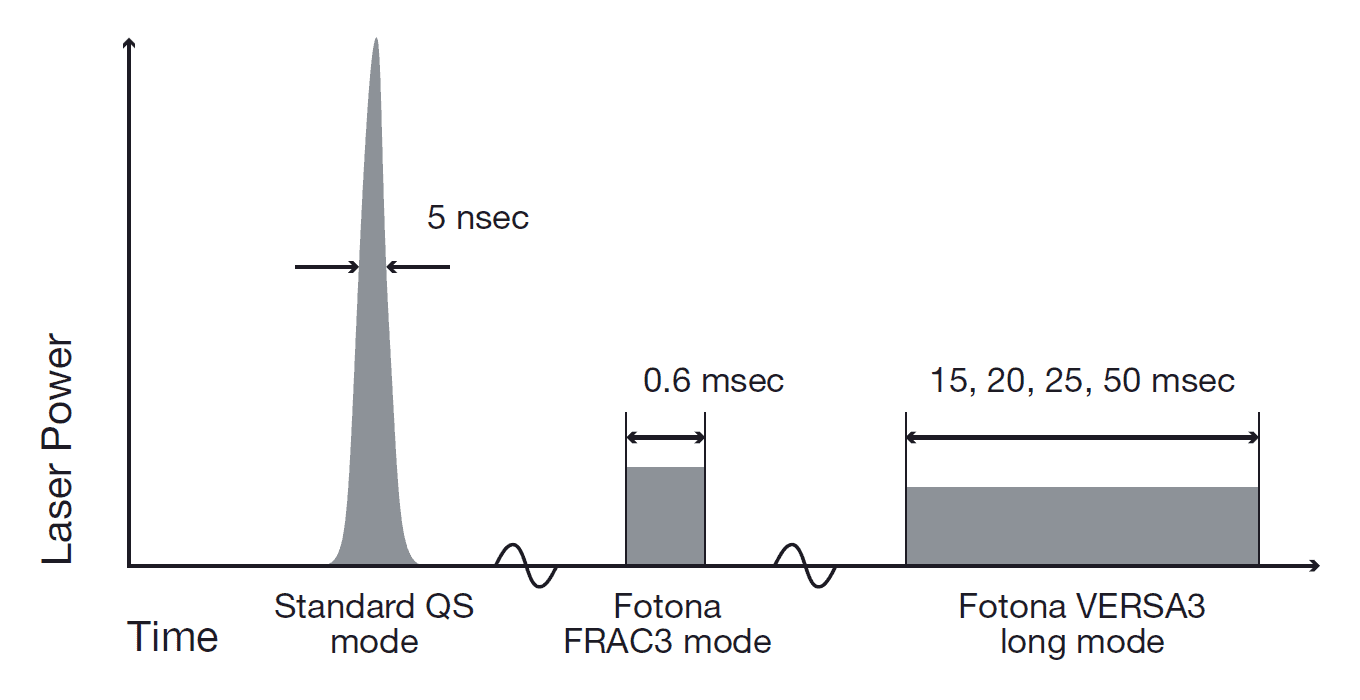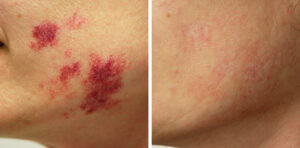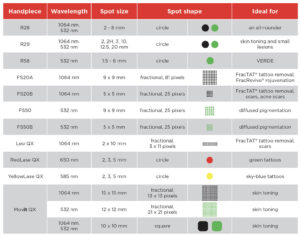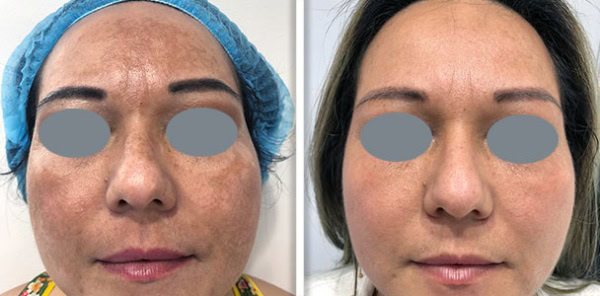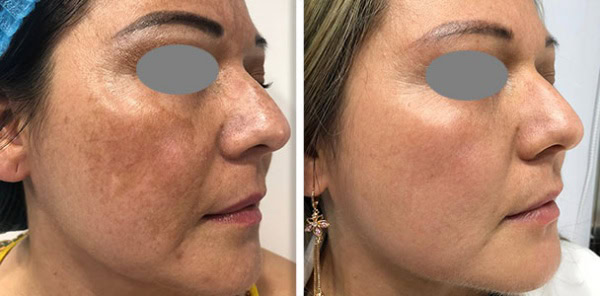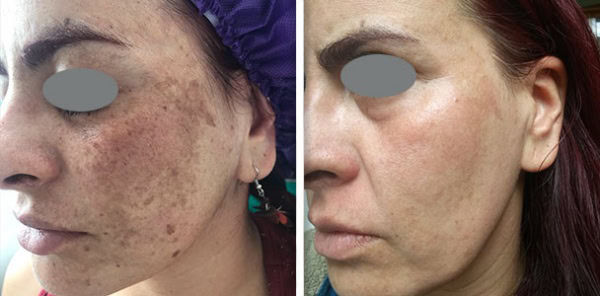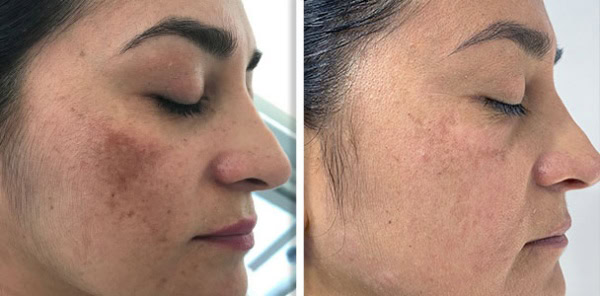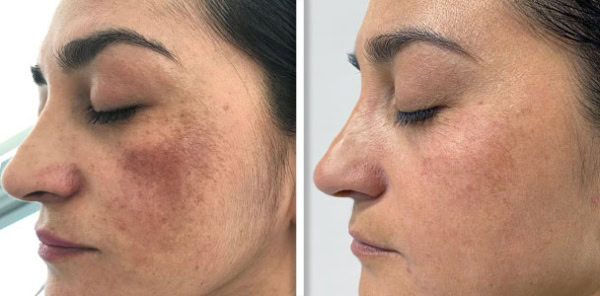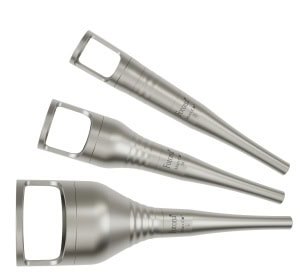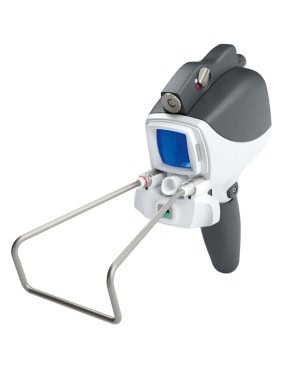Laser hair removal has long been a favorite among those seeking to reduce hair permanently. While the traditional machines have proven effective on darker hues, the one question that still lingers in the minds of older adults and young individuals who have prematurely graying hair is: Will the latest laser hair removal devices eliminate gray hair?
Let us take a closer look at this—how laser hair removal is performed, why gray hair is more challenging to treat, what new technology exists, and what treatments are out there now.
Knowing How Laser Hair Removal Is Performed
Laser hair removal involves destroying the hair follicle by targeting it with intense beams of light (laser). The mechanism involved is selective photothermolysis—where the laser light is absorbed by melanin (the pigment in the hair), heats the follicle, and prevents further hair growth.
The procedure makes melanin an ideal candidate for successful treatment. The more pigmented the hair shaft, the more effectively the laser will be able to “see” and destroy it. This is why coarse, dark hairs are sensitive to laser, while light-colored hairs (blonde, red, white, or gray) are more challenging.
Why Gray Hair Is Hard to Eradicate with Lasers
Gray hair lacks melanin. When a hair strand turns gray or white, it either loses color or has lost color. With no melanin, normal laser systems cannot differentiate the hair from the surrounding tissue, hence making it redundant.
This shortcoming has traditionally left gray-haired people with limited options. However, due to technological advancements, the industry now turns to alternative wavelengths and machines to overcome this limitation.
The History of Laser Hair Removal Machines
Laser hair removal has evolved a lot over the years—from the era of ruby lasers to newer and more sophisticated machines using Alexandrite, diode, and Nd:YAG technologies. All of them possess different strengths relative to skin and hair color.
Let’s detail how the current machines attempt to address gray hair:
1. Combination Laser Technologies
Some of the newer devices overlap more than a single wavelength (such as Alexandrite + Nd: YAG or Diode + IPL) in order to increase their range of treatments. While not so much for graying hairs, low-level success with spotted graying hairs has been reported by some customers.
2. Radiofrequency (RF) & IPL Hybrids
Technologies like ELOS (Electro-Optical Synergy) employ intense pulsed light (IPL) and radiofrequency to heat and annihilate hair follicles. Unlike unfettered lasers, RF does not rely solely on melanin. This enables ELOS devices to gain an edge in annihilating lighter hairs, such as some grays.
3. Selective Photothermolysis Modifications
Some of the new-gen lasers are being calibrated to detect follicular structure and blood flow rather than merely pigmentation. These are now largely in research or early implementation stages and will become more viable choices in the next couple of years.
Can New Machines Erase Gray Hair?
Short answer: Not yet.
Through 2025, there is no light or laser hair removal device sold on the mass market that can guarantee 100% effective removal of all completely gray or white hair. The most effective equipment currently on the market may give some diminishment or reduce hair that is only just graying (i.e., still contains some pigment).
For all fully depigmented hair, laser treatments have their limitations. Some other treatments may be more successful, although.
Best Alternatives for Gray Hair Removal
If you’re seeking long-term hair removal solutions for gray hair, here are the top alternatives:
1. Electrolysis
This FDA-approved method uses an electric current delivered via a fine needle to destroy the hair follicle. Unlike lasers, electrolysis doesn’t rely on pigment, making it the most effective and permanent solution for gray, white, or blonde hair.
Pros:
Works on all hair colors and skin types
Permanent results with consistent treatment
Cons:
Time-consuming (has to be done individually for every hair)
It may be painful, depending on the tolerance.
2. Plucking and Threading
Though not permanent, these techniques are used in small areas of gray hair, such as the chin, upper lip, or eyebrows.
3. Waxing or Sugaring
Works on larger areas but needs regular maintenance. These don’t decrease hair growth in the long term but can retard it over time.
Is It Worth Trying Laser on Gray Hair
If your gray hair retains some residual pigment (like salt-and-pepper hairs), then you might be a good candidate for early-stage laser treatments. Machines like Soprano Titanium, Cynosure Elite+, and ELOS Plus can reduce hair volume even if elimination in its entirety isn’t possible.
But for entirely white hairs, the investment may not be worth it, and electrolysis is generally a better option.
Tips for Treating Gray Hair Effectively
See a qualified practitioner: A dermatologist or laser technician will examine your skin and hair type and steer you in the right direction.
Do it early: If you see the first wisps of gray creeping into your hair, don’t wait. Laser hair removal works better when there’s some pigment left.
Hybrid treatments:
A few clinics provide combination treatments—using laser and then electrolysis to remove any resistant gray hairs.
Be patient. Graying hair removal, especially with electrolysis, is time-consuming and needs multiple sessions.
What to Expect in the Future
With the arrival of AI-enabled lasers, targeted follicular imaging, and non-pigment-based systems in the pipeline, the future is bright. Advances in microwave energy, cryolipolysis-assisted hair removal, and optogenetics are poised to transform the treatment of non-pigmented hair in the not-so-distant future.
Meanwhile, the synergy of early treatment, advanced laser technology, and electrolysis backup remains the most practical solution.
Final Thoughts
While laser hair removal has evolved, gray hair is still a technological challenge due to its unpigmented characteristics. However, the newest machines have bridged the gap and can achieve partial success for individuals who possess partially pigmented gray hairs. To remove them completely, electrolysis is still the best option.
Should you consider gray hair treatment, you must speak to an expert practitioner and review the combination approaches pertinent to your individual skin and hair type. Fotona Laser is one of the top-ranked suppliers of aesthetic lasers in the UK.



